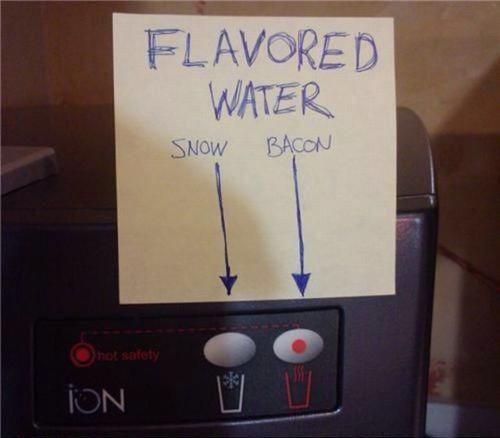R&R: Pictograms
By Erika Goering,
Filed under: KCAI, Read&Respond, VisCom2
Comments: Comments Off on R&R: Pictograms
Pictograms are supposed to be simple forms that give the viewer a sense of understanding. The pictogram directly represents an object, action, or emotion. The way the image is presented (with framing, positive/negative space, and composition) should give viewers all the information they need to come to a conclusion about the graphic. Does the image make them feel happy? Determined? Hopeless?
A good pictogram can make a person understand, with absolute clarity, a complete concept. A bad pictogram will leave the viewer confused and/or unaffected.

The water icons above are bad pictograms, because they rely too much on color to illustrate heat, and cliche symbols to represent hot and cold, which leads to a humorous conclusion by the viewer.
The Olympic pictograms have changed over the years, but they’ve always tried to be simple, cohesive shapes that transcend natural language. (The whole point of a pictogram is that there’s nothing to read; it’s universal for everyone.) The most successful Olympic pictograms have been the ones that have functional clarity and pleasing shapes. We, as viewers, can determine what the pictograms mean, and relate to their human forms. The less successful Olympic pictograms have vague meaning and overly-abstracted/overly-stylized human forms.

Good. Dynamic and illustrative without being complex. There’s a good sense of motion here without needing “motion lines” or anything ornamental. Simplified to its essential parts.